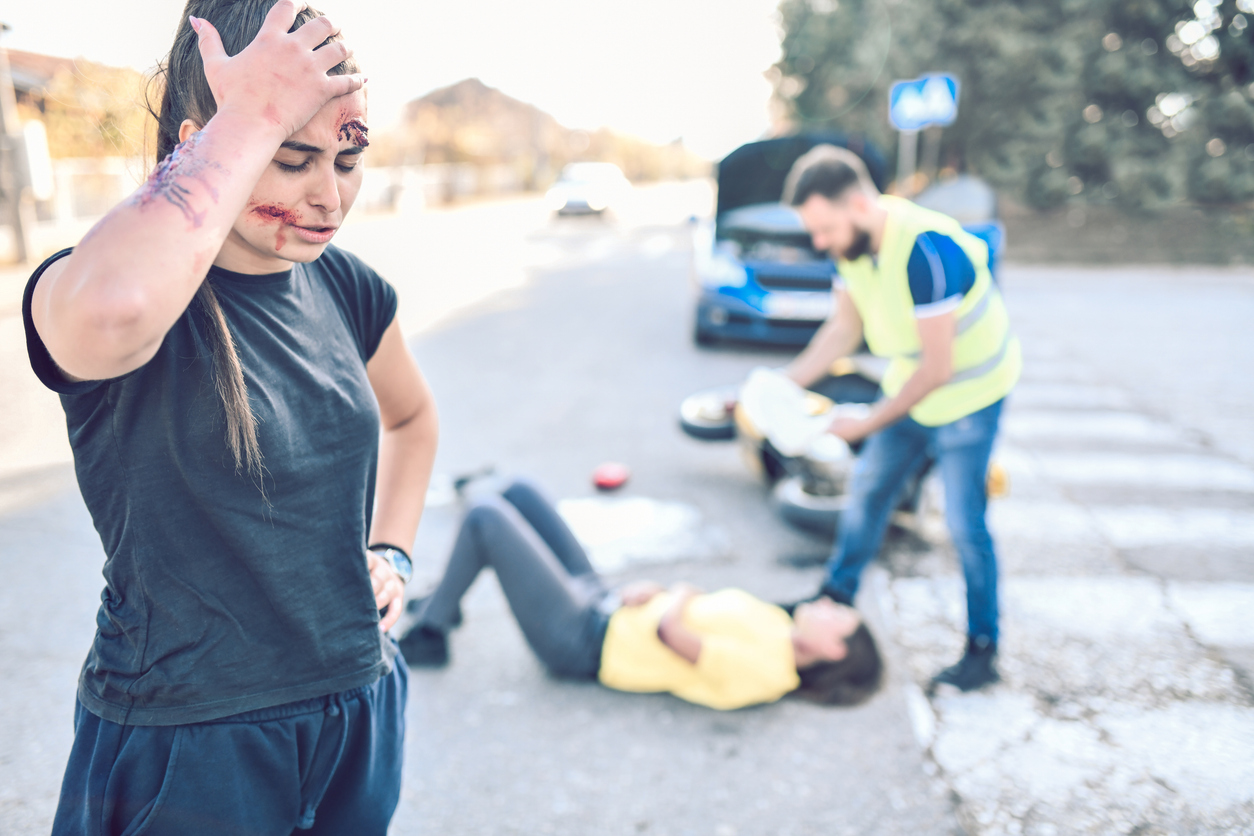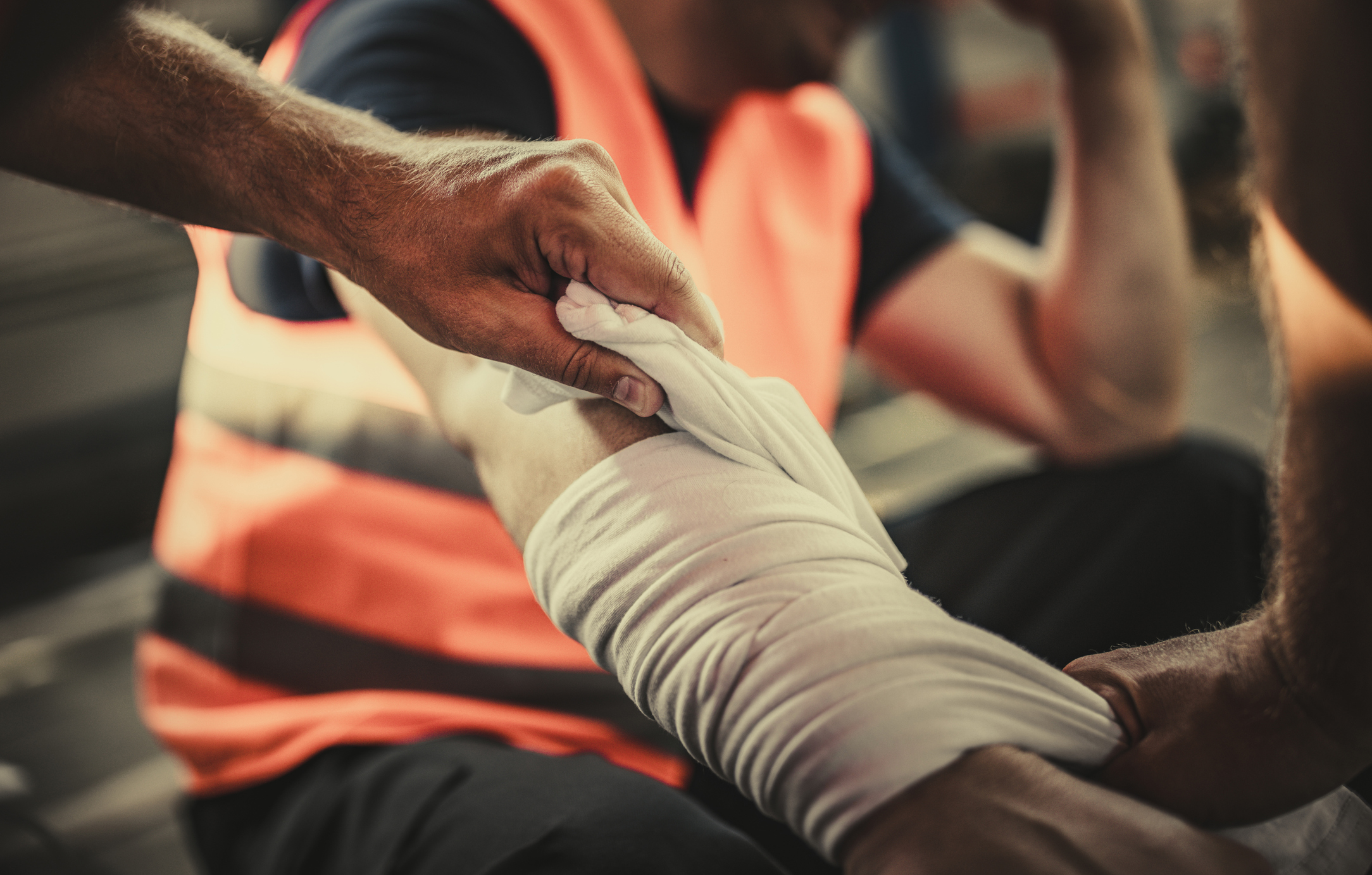Steps to Take After Specific Types of Accidents

Figuring out what steps to take after specific types of accidents can be overwhelming and confusing. It can be challenging, especially since each type – from ridesharing accidents to car, bicycle, pedestrian, and motorcycle accidents – comes with its own legal and practical nuances. This article provides a step-by-step guide for handling each accident type effectively, helping you protect your safety, legal standing, and compensation rights.

There are legal and practical differences between ridesharing, car, bicycle, pedestrian, and motorcycle accidents – but even more importantly, accidents can be emotionally, physically, and financially devastating, and often leave us vulnerable and in a difficult position.
Without knowing the specific steps to take after each type of accident, you risk compromising your safety, delaying proper compensation, or even facing legal troubles. This post is meant to help guide you through the tailored steps you should take for each type of accident, ensuring that you respond effectively and protect your rights.
Ridesharing Accidents (Uber, Lyft, etc.)
Ridesharing services first stepped in to bypass regulated taxi services and offer a completely new form of instanced personal transportation within the gig economy. But because ridesharing companies do not specifically employ their drivers, and don’t count as taxi companies, the legal details surrounding ridesharing and potential ridesharing accidents can be a little tricky. When you’re involved in a ridesharing accident, you’re not just involved with the driver, but with a large third-party company as well.
Thankfully, ridesharing companies have an insurance policy that offers compensation to victims of a ridesharing accident, up to a certain amount depending on the company you’re dealing with. If you want to seek compensation beyond the normal policy – or if you’re being denied your rightful compensation – then you will need legal representation.
If you’re a passenger, driver, or third-party victim in a ridesharing accident, it’s important to know the specific procedures for dealing with insurance claims and legal liability. Immediate steps like contacting authorities, documenting the scene, and notifying the rideshare company are crucial, but these accidents often involve determining which insurance—yours or the ridesharing company’s—covers damages.
Here are some important steps to take in the event of a ridesharing accident:
- Ensure your safety and seek medical attention.
- Report the accident to the ridesharing company (the driver should also call the police).
- Document everything (photos, videos, etc.).
- Seek legal advice on potential multi-insurance claims.
Car Accidents (Private Vehicle Collisions)
Car accidents are the most common type of vehicular collision and typically involve personal vehicles. The priority is ensuring everyone’s safety, followed by gathering evidence and contacting the appropriate insurance companies. Unlike ridesharing accidents, the parties involved in car accidents usually rely solely on their insurance coverage.
In the direct aftermath of a car accident, it’s important to:
- Move to a safe area and check for injuries.
- Call the police to file an official report.
- Exchange insurance and contact details with the other driver(s).
- Document the scene if you can.
- Notify your insurance company as soon as possible.
- If needed, consider seeking legal help to deal with the financial aftermath of the crash.
Bicycle Accidents
Bicycle accidents often result in serious injuries because of the cyclist’s exposure. These accidents may involve cars, pedestrians, or obstacles on the road. Bicyclists have specific rights on the road, and understanding those legal protections is critical.
If a motor vehicle is involved, insurance claims may become complicated. Cycling laws can also differ heavily from area to area, and while car drivers generally have a responsibility to protect pedestrians and cyclists, there can be circumstances in which cyclists can unknowingly put themselves in danger on the road. Immediate medical attention is often necessary, and documenting driver negligence, if applicable, is crucial for compensation.
Steps to take in the event of a bicycle accident include:
- Seek medical assistance, even for minor injuries. A bicycle accident can lead to internal injuries or brain damage, even with a helmet.
- File a report with the police.
- If a car is involved, exchange insurance details with the driver.
- Document damages to the bicycle and any safety equipment (helmet, etc.).
- File a claim with your insurance or the driver’s insurance, depending on your state.
Pedestrian Accidents
Pedestrians are the most vulnerable in road accidents, with injuries often being severe. After a pedestrian accident, emergency medical care should take priority. Pedestrians typically have strong legal protections, and if the driver is at fault, compensation can be substantial.
However, proving fault and collecting evidence is crucial to ensure that the pedestrian’s rights are upheld. When the circumstances of the accident are unclear or your compensation isn’t enough to cover the medical and financial damages, it’s important to consider legal representation.
If you’re involved in a pedestrian accident and remain conscious:
- Call for medical assistance immediately.
- Get a police report documenting the accident.
- Obtain the driver’s insurance and contact information.
- Gather any evidence of the accident (photos, witness statements) or contact a lawyer to help you do so.
- Seek legal advice to navigate insurance claims or legal proceedings to ensure the right compensation.
Motorcycle Accidents
Motorcycle accidents can result in severe injuries, due to the added exposure of the motorcycle combined with the speeds a motorcycle can achieve.
The risk of life-threatening injuries in a motorcycle accident is high, and because motorcyclists may face biases in insurance or legal claims due to the added risk of driving a motorcycle, it’s important to gather substantial evidence to prove fault and damages. Protective gear like helmets and pads can also influence the outcome of injury claims.
In the aftermath of a motorcycle accident, be sure to:
- Always prioritize your safety, and seek medical attention. Documented medical attention and follow-up appointments are crucial to verify the extent of your injuries.
- Call the police to document the scene.
- Exchange insurance details with other drivers.
- Capture evidence, especially if road conditions contributed to the accident.
- Contact your insurance provider and seek legal advice if needed.
Conclusion
After any vehicular accident – whether involving ridesharing, a car, a bicycle, a pedestrian, or a motorcycle – taking the correct steps is critical to ensure your safety and protect your rights. Each accident type has its own unique set of circumstances that affect insurance, liability, and the legal process.
However, the gist is often the same: address your medical needs first, make sure the police are informed, collect everyone’s insurance information, and if needed, contact a legal professional to help with the aftermath of the accident, and potential further legal claims. It’s at this point that the nuances of each accident – including the type of accident – can alter the outcome.
By following the steps a legal professional can give you after a consultation, you’ll be better prepared to navigate the aftermath and secure the compensation you deserve.
Note: The content generated by our team of writers relies on secondary sources for its creation. We have not conducted independent verification of the facts pertaining to this specific incident. If you identify any inaccuracies within this content, please contact Benji Personal Injury immediately so that we update the post with the most accurate and up-to-date information available. If you wish to have the post removed from our platform, we are prepared to do so upon request.
Disclaimer: This publication is not intended as a solicitation for business purposes. Its primary objective is to provide informational content. None of the information presented herein should be construed as medical or legal advice. If you or a loved one has sustained injuries in an accident, it is imperative that you seek immediate medical attention from a qualified healthcare professional. Furthermore, please be advised that the photograph featured in this publication does not depict the scene of the referenced accident.

 AVAILABLE 24/7
AVAILABLE 24/7
